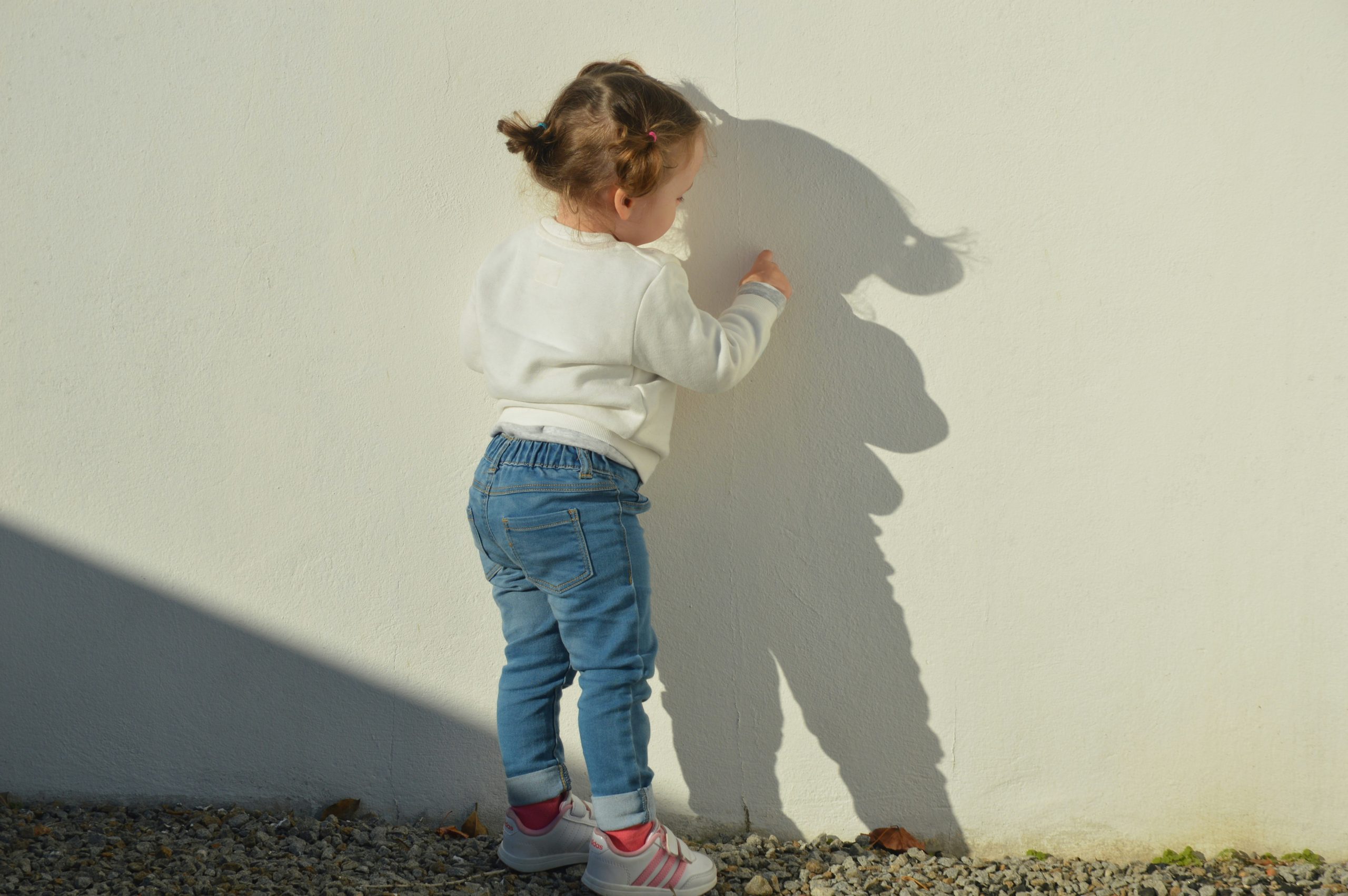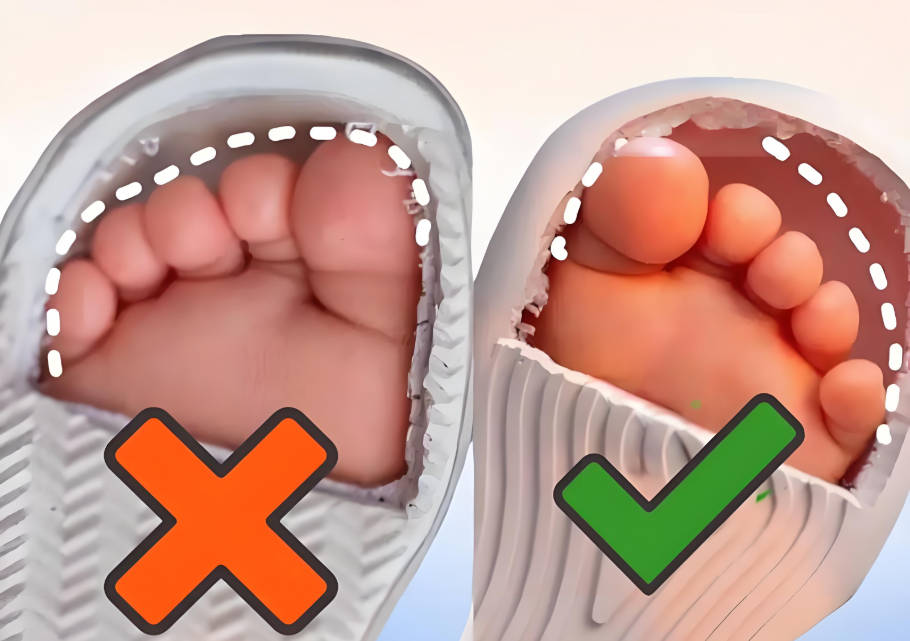Choosing the right pair of shoes for your child may seem simple, but it’s one of the most important decisions affecting their comfort and foot development. Unfortunately, many parents unknowingly make common mistakes that can lead to discomfort or long-term health issues. Here are the top 5 mistakes to avoid—and what to do instead.

1. Not Measuring Feet Before Buying
Kids’ feet grow rapidly, sometimes changing sizes within just a few months. Many parents skip re-measuring, assuming the last size still fits. This often results in shoes that are too small or large.
What to do: Measure both feet every 2–3 months using a children’s shoe size chart. Measure in the afternoon when feet are slightly swollen for more accuracy.
2. Focusing on Style Over Fit
Cute shoes may look appealing, but appearance should never trump fit and function. Shoes that are too narrow or rigid can restrict natural foot movement.
What to do: Look for shoes made of breathable, flexible materials with rounded toe boxes and cushioned soles.
3. Assuming All Brands Fit the Same
A size 10 in one brand may feel very different from a size 10 in another. Children may end up wearing shoes that are too tight or too loose because the sizing isn’t standardized.
What to do: Always check the specific brand’s size chart and compare with your child’s current foot measurements.
4. Not Allowing Room for Growth
Kids need shoes that allow room for their feet to grow, but too much space can also cause instability. Finding the right balance is key.
What to do: Leave about 0.5–1 cm (roughly a finger’s width) between the longest toe and the front of the shoe.

5. Ignoring Signs of Discomfort
Children often won’t complain until a shoe causes serious discomfort. Some may even get used to poor-fitting shoes.
What to do: Regularly inspect your child’s feet for blisters, redness, or signs of uneven wear on shoes. Ask them to walk and run in new shoes before buying.
Bonus Tips for Buying the Right Kids’ Shoes
- Shop for shoes in the afternoon when feet are slightly larger.
- Let your child try both shoes and walk around the store or home.
- Avoid hand-me-downs if the shoes show signs of wear or foot shaping.
Conclusion
Your child’s feet are constantly developing, and the wrong pair of shoes can do more harm than you think. By avoiding these common mistakes and prioritizing fit, flexibility, and comfort, you can ensure your child walks, runs, and grows with strong, healthy feet.



